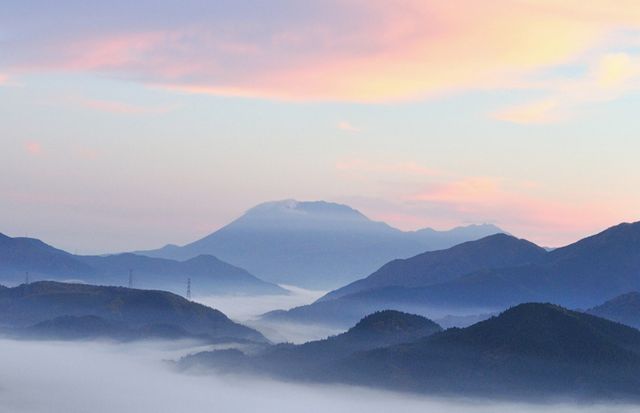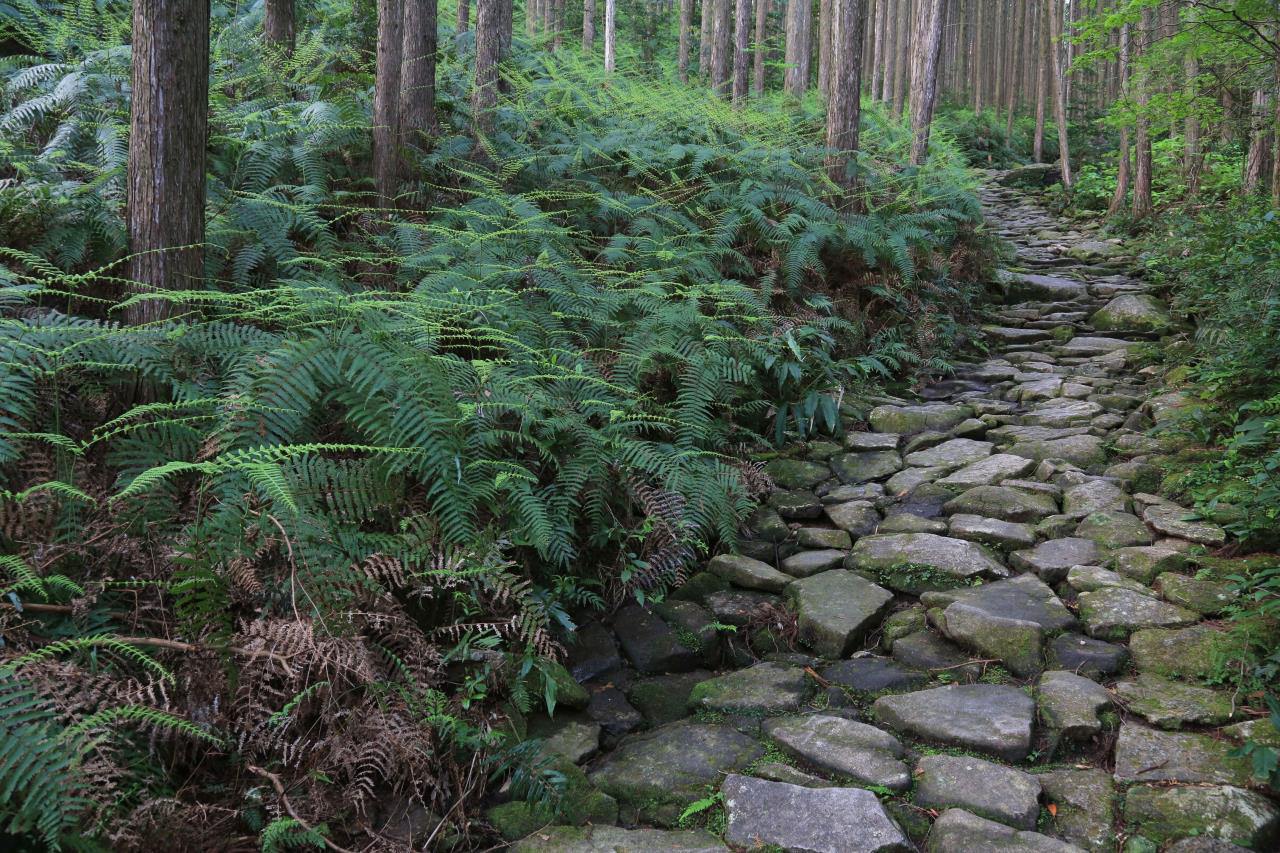
From Ise-jingu Shrine to Kumano Sanzan (the three Grand Shrines of Kumano)— The Iseji route for those who pray for a happy afterlife
Last update
In a time of peace during the Edo Era (1603-1868) following years of war, people felt it safe to travel long distances, and many rushed to Ise-jingu Shrine ahead of others to pray for a good daily life. It often took days or weeks for them to come from all over Japan to this holy site, which enshrined the goddess of nature, Amaterasu Omikami. Following the visit, they then headed to Kumano, this time, to offer prayers for a happy afterlife. Iseji was the golden route from Ise to Kumano for this pilgrimage.

The Magose Pass
Part of this route is a path paved with natural stones on the Magose Pass, that stretches into a forest of straight, soaring Owase hinoki (cypress), and has been well taken care of for over 400 years as a path for worship, living, and leisure travel. The Magose Pass goes through Owase City, a place with one of the highest rates of rainfall in Japan. This plentiful precipitation played a major part in the growth of local forests, leading to the establishment of a solid forestry industry in this area. To avoid landslides due to heavy rain, people in Owase laid stones along the path to protect the access to places of worship.
Walking further along this stone-paved path, you will eventually reach the summit of Mt. Tengurayama, where you can view Owase Bay from the top of a huge slab of rock. As the name of the mountain suggests, there is a popular legend in this area in which a disciplinant in the form of a tengu demon made an appearance and flew up and onto the mountain. On the summit, there is a small shrine that enshrines En-no-Ozunu, the founder of Shugendo, who entered into seclusion on the mountain in order to undergo serious training to gain enlightenment.
From ancient times in Japan, people have believed that God exists in all natural things in the universe, including rocks and trees, and this belief was developed into Shintoism. Shugendo is a kind of religion that was established based on the integration of Shintoism, mountain worship, and Buddhism, which was introduced to Japan from China in the 6th century. In the 7th century, En-no-Ozunu went through rigorous training in the harsh environment of a mountain on the Kii Peninsula, eventually ending his discipline regime in the three Grand Shrines of Kumano: Kumano Hongu Taisha, Kumano Hayatama Jinja, and Kumano Nachi Taisha.
Kumano then became known as the land of perfect bliss for the afterlife. People believed that if they climbed up and down the challenging mountain paths and sweated hard, their impurities would be washed away by the excess perspiration and they would be able to reach the land of perfect bliss. From around the 10th century, a Kumano Mode (visit to Kumano, the holy site of reincarnation) was paid by people from all walks of life, including Emperors and aristocrats, which even earned it the nickname “Ants’ Kumano Mode” due to the huge number of visitors.
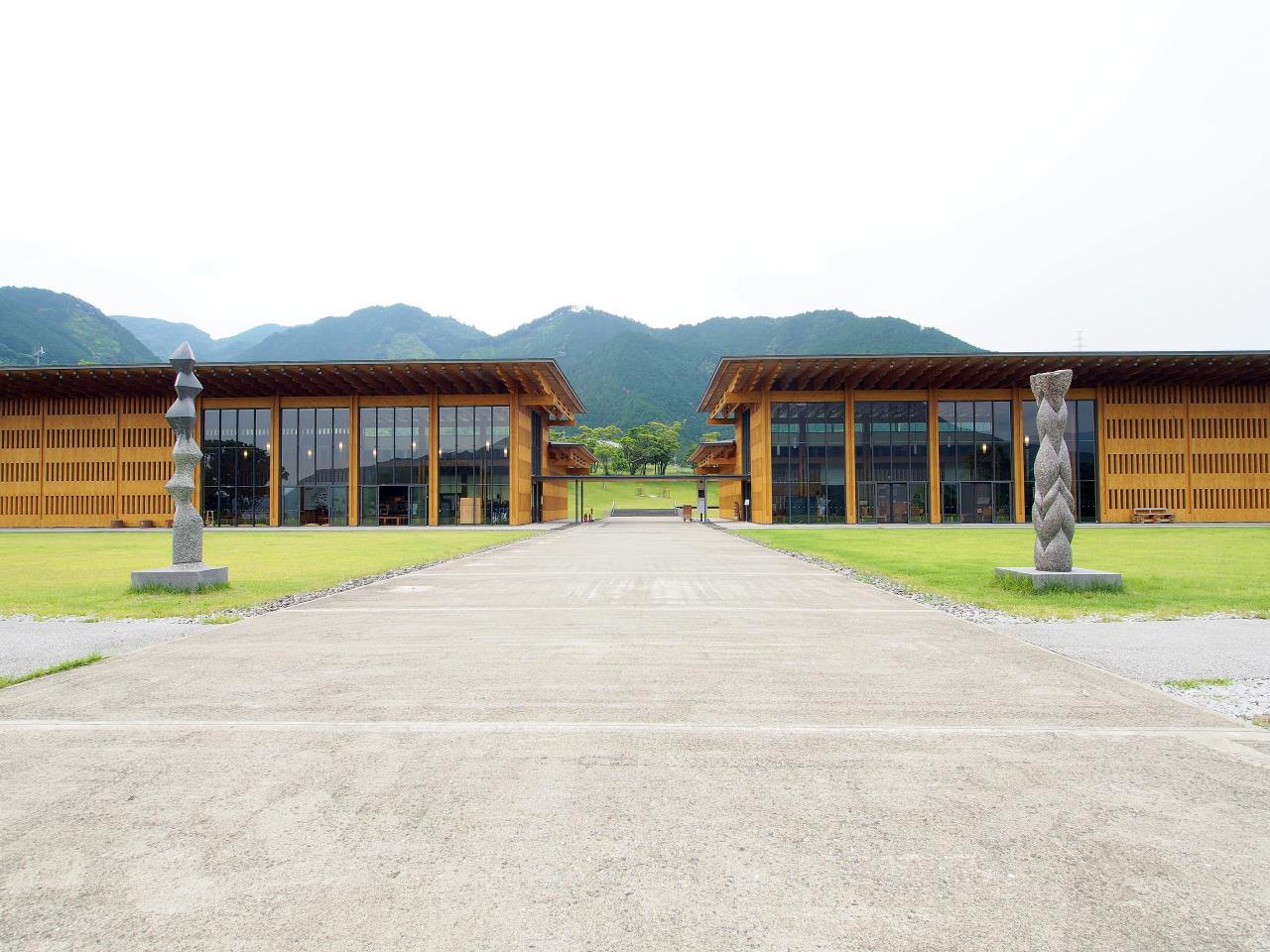
the Mie Prefecture Kumano Kodo Center
In Owase City, one can find the Mie Prefecture Kumano Kodo Center, which offers learning opportunities about the history, culture, and nature of the Iseji Route and the eastern Kishu region. This stunningly beautiful building is made from Owase cypress timber.
The Kishu Domain was established in the Edo Era, in Kumano City, south of Owase, and made a huge contribution to this area flourishing from the 17th century. Matsumoto Pass, the last pass on the Ise Route, provides excellent views of Shichiri-mihama Beach that stretches about 25km to Shingu, and is home to Kumano Hayatama Shrine. On the coast near the beach, there are some interesting spots to investigate, including an eerily-shaped Onigajo, a kind of volcanic tuff that was raised up by a huge earthquake and then eroded by the sea.
On the road along this beach, called Hama-kaido, sits Hanano-iwaya Shrine, which is believed to be the home of Izanamino Mikoto, the mother of gods, who appears in the Myth of Creation of Japan. There is an annual ritual here in which shrine parishioners place a long rope adorned with flowers over the massive 45m-high rock, considered to be the body of a god, that resides here. This ritual was mentioned in the Chronicles of Japan, written in the 8th century.
Shingu City, located at the mouth of the Kumano River in the southern part of Wakayama Prefecture, has flourished as a trading center for timber from olden days. It is home to Kumano Hayatama Shrine, and as one of the key cities in the Kumano region, is a gateway to Kumano Hongu Shrine. Shingu also appeared in the Chronicles of Japan, under the name of Kumano Kamunomura, and is believed to be the first place reached by the first Emperor Jinmu and his followers at the time of his Eastern expedition.
There is a massive, over 1,000-year old, nagi tree in the grounds of Kumano Hayatama Shrine, and as nagi in Japanese also means the calm state of the sea, people believe this tree to be Kumano’s god of family safety during trips to Kumano. To the south of this, and halfway up Mt. Kamikura, lies Kamikura Shrine, the original shrine of Kumano Hayatama Shrine. Also to be found here is Gotobiki (meaning toad in the local dialect) Rock, a massive edifice considered to be the body of a god. This rock situated on a cliff can be reached after climbing 538 stone steps. Some people believe that worship of the Kumano region started with this rock as the last spot on the route. They believe after undergoing the final point of the hard training, they will encounter the holy site of reincarnation which everybody, rich or poor, wants to reach. The journey that starts at Ise-jingu Shrine is completed here.
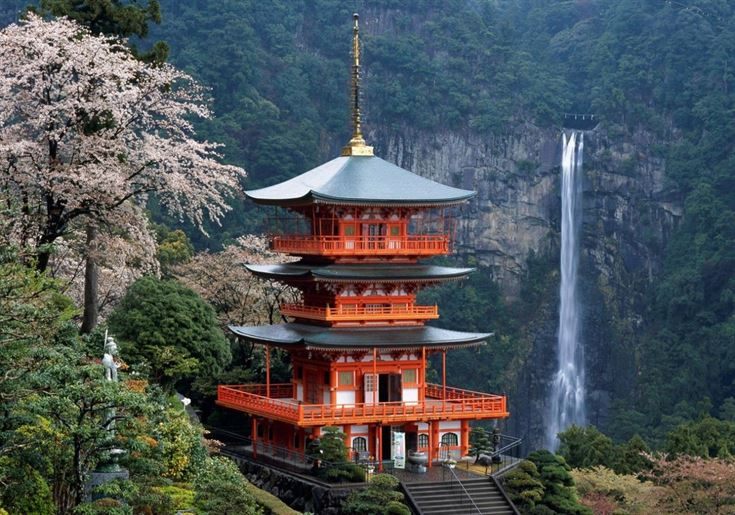
Check also...

Enjoy Four Seasons of KANSAI’s Japanese Gardens and Parks
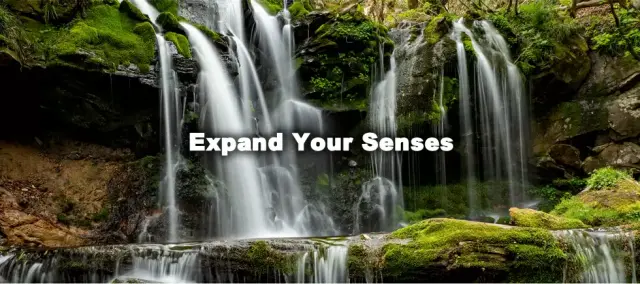
Natural Kansai, Adventures Beyond The Big Cities
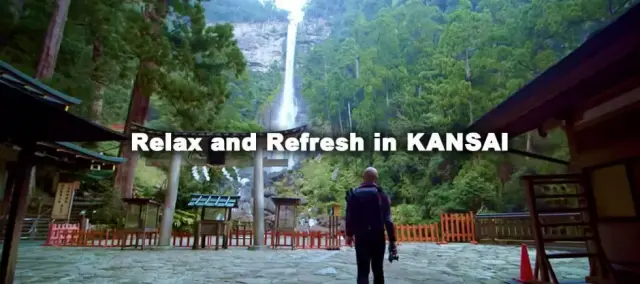
Relax and Refresh in KANSAI
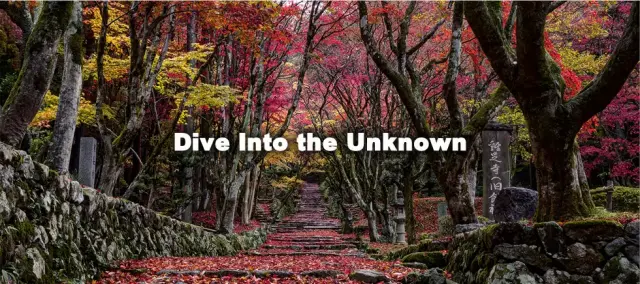
Historical Kansai, Cultural Kansai, Japan’s Treasure House

KANSAI’s Rural Charms
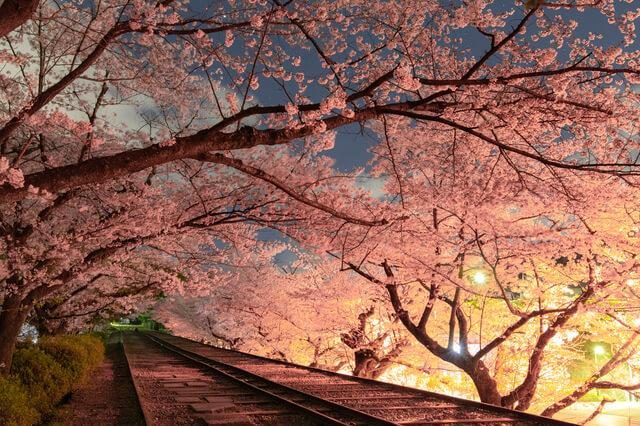
5 Best Cherry Blossom Viewing Spots in the Kansai Area
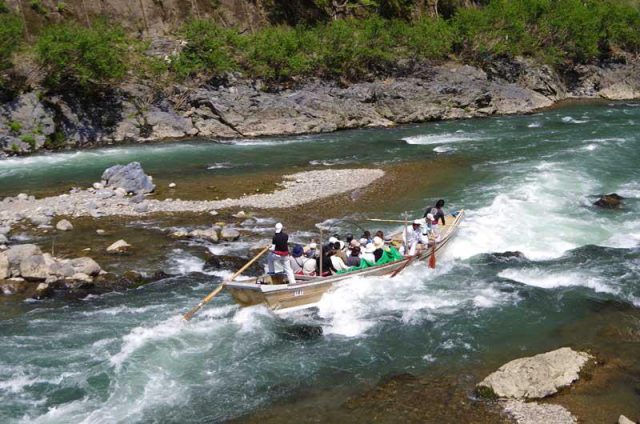
Experience Mother Nature in Japan With 5 Downriver Boat Rides
